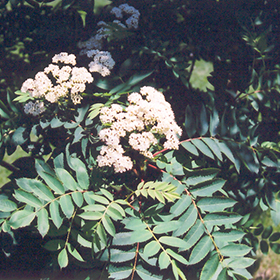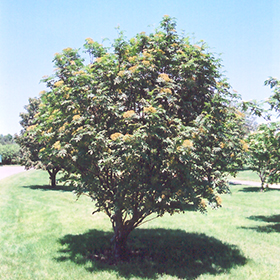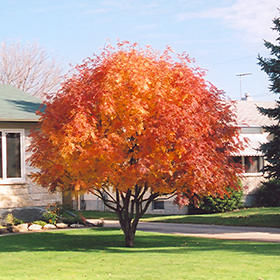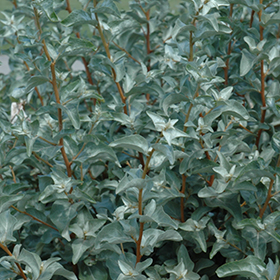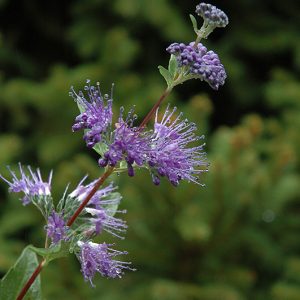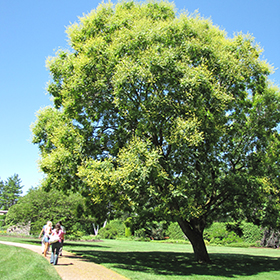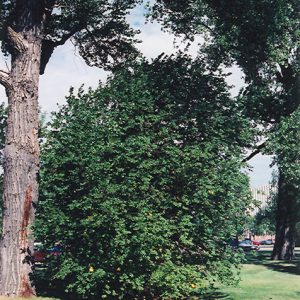Description
Growth & Care
| USDA Plant Hardiness Zone | 2a |
| Growth Rate | Average |
| Recommended Pruning Method | Late Winter Pruning |
Foliage
| Foliage Type | Deciduous |
| Fall Color | Orange |
| Plant Form | Round |
Flowers
| Flower Period | Spring |
| Flower Color | White |
| Flower Fragrance | Unscented |
Additional Categories
| Additional Category | Mountain Ash |
| Landscape Application | Accent, Shade |
Details
Planting & Growing
Western Mountain Ash will grow to be about 20 feet tall at maturity, with a spread of 18 feet. It has a low canopy with a typical clearance of 2 feet from the ground, and is suitable for planting under power lines. It grows at a medium rate, and under ideal conditions can be expected to live for 40 years or more.
This tree should only be grown in full sunlight. It is very adaptable to both dry and moist locations, and should do just fine under average home landscape conditions. It is not particular as to soil type or pH. It is highly tolerant of urban pollution and will even thrive in inner city environments. This species is native to parts of North America.
Landscape Attributes
Western Mountain Ash is a dense multi-stemmed deciduous tree with a more or less rounded form. Its average texture blends into the landscape, but can be balanced by one or two finer or coarser trees or shrubs for an effective composition.
This is a relatively low maintenance tree, and is best pruned in late winter once the threat of extreme cold has passed. It is a good choice for attracting birds to your yard. It has no significant negative characteristics.
Western Mountain Ash is recommended for the following landscape applications:
Accent, Shade
Ornamental Features
Western Mountain Ash features showy clusters of white flowers held atop the branches in mid spring. The orange fruits are held in abundance in spectacular clusters from early to late fall. It has dark green deciduous foliage. The oval compound leaves turn an outstanding scarlet in the fall. The smooth brick red bark adds an interesting dimension to the landscape.
